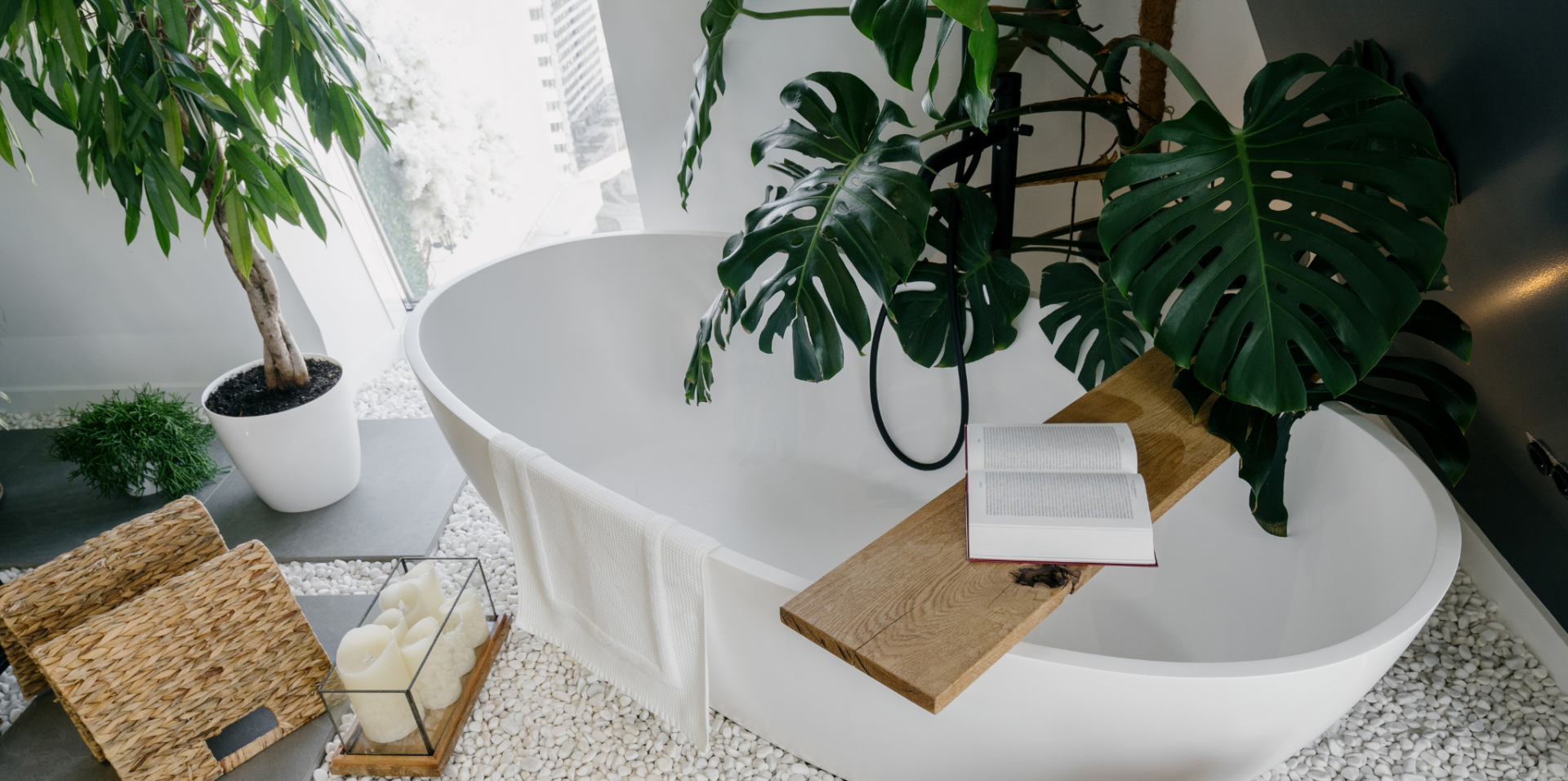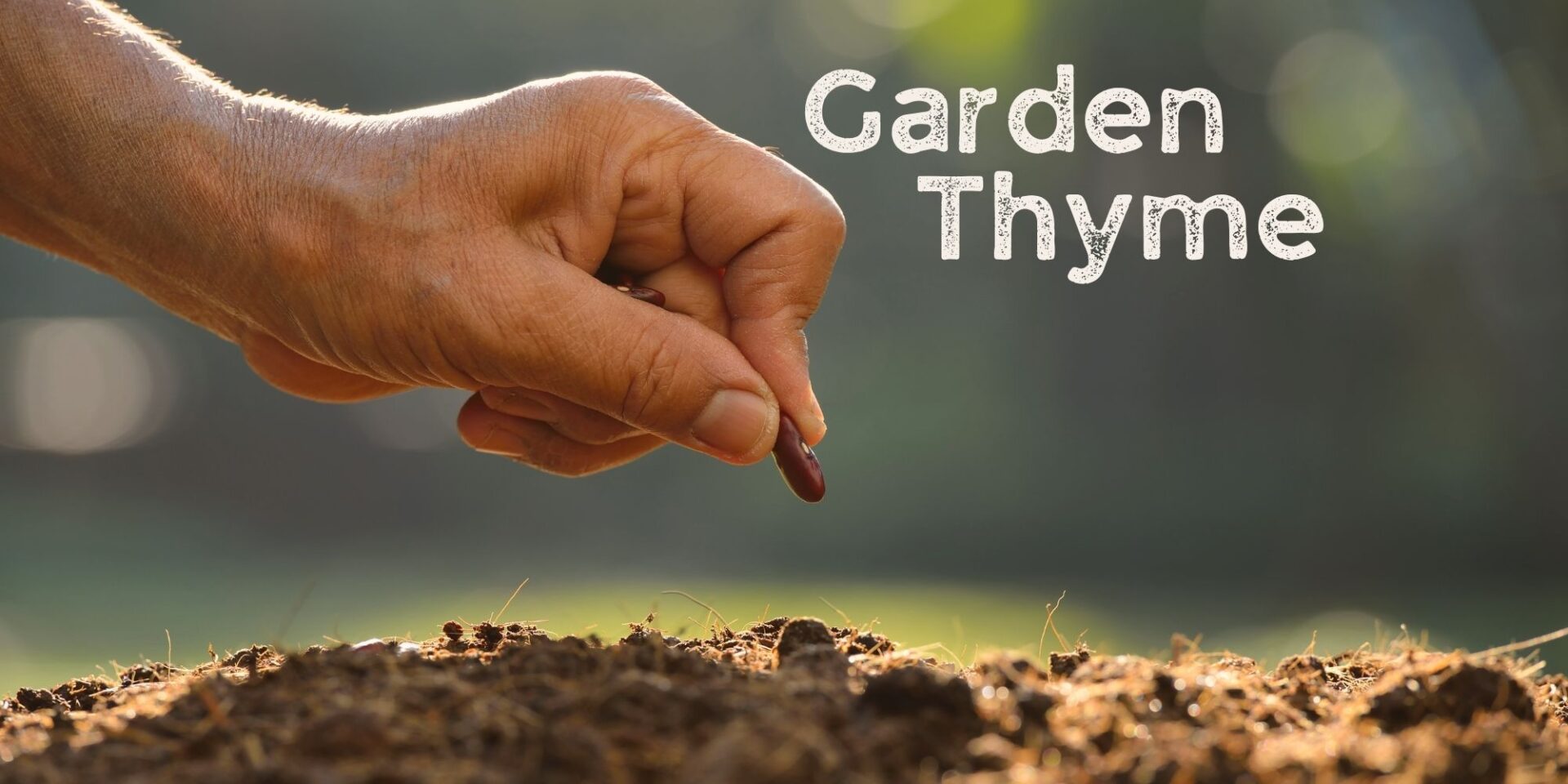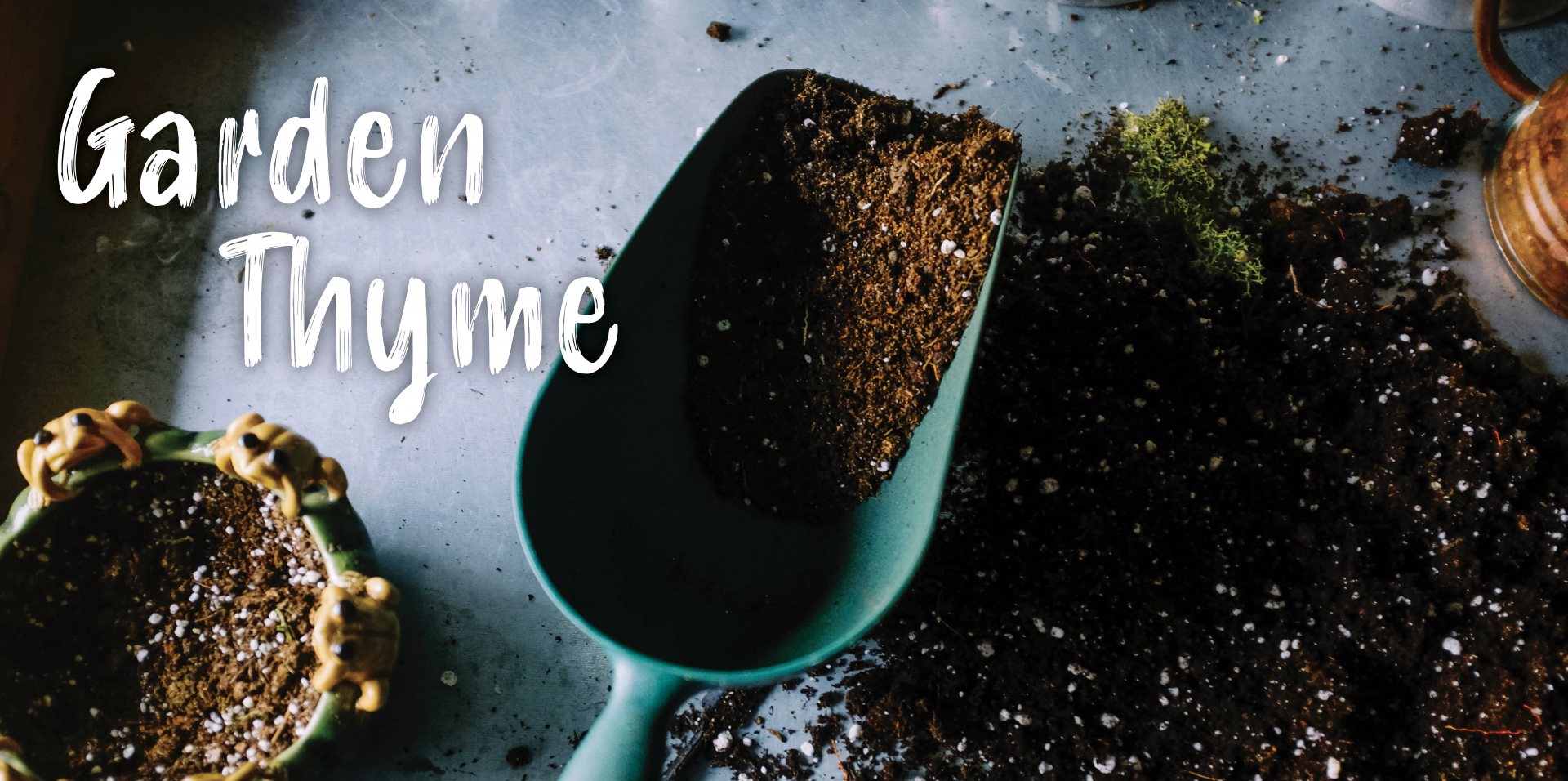How to Grow Sprouts in a Jar (and Why You Should!)
Do you want a cheap and easy way to add more nutrition to your diet? Look no further than sprouts and this method for how to grow sprouts in a jar!
But why sprouts?
Sprouts are seeds, legumes, or grains that have just begun to grow. In this condensed form, these tiny plants are packed with nutritional benefits and elevated vitamin C levels and are easy to digest. They are delicious on their own but are also commonly added to salads, soups, salads, etc., as a nutrition boost and a little extra crunch.
Sprouts can be purchased at some grocery stores, but it’s much cheaper to grow them on your own. And the best part? It’s easy!
Here is our simple guide for how to grow sprouts in a jar:
1. Get the right tools
2. Get the right seeds
3. Soak seeds overnight
4. Rinse, drain, repeat
5. Dry, store, and enjoy!
1. Get the right tools
The first step for how to grow sprouts in a jar is to get the right tools.
Luckily, growing sprouts in a jar is one of the cheapest and easiest ways to garden indoors. That being said, there are some variations of things you can use, some being more inexpensive than others. And if you want to make a more invested hobby of growing sprouts, there are more elaborate sprouting kits you can purchase to streamline the process in bulk.
However, none of the fancy stuff is necessary, and it is easily possible to begin and maintain this hobby with simple, inexpensive tools. The simple tools you need to grow sprouts in a jar include:
Jar
Obviously, to grow sprouts in a jar, you need a jar. The jar can be of your choosing, but the standard go-to option that works really well is a simple quart-sized mason jar. If you intend to grow a larger quantity you can get a larger jar. There are also sprouting-specific jars you can purchase. But a simple quart-sized mason jar is a good place to start.
Breathable cloth and draining screen
At some point, you will need to be rinsing and draining your sprouting seeds. To do this you will need a mesh screen for draining and a breathable cover between draining. Something simple and breathable like a cheesecloth works great for a cover, secured over the top of the jar with a rubber band. For draining Any wire or mesh screen will do. If you really get into sprouting, there are some inexpensive sprouting lids that you can screw onto your jar that streamline this process.
Propping mechanism
As we will explain later, between drainings you will need to prop your jar upside down at an angle. This can be done simply with a medium-sized bowl or anything around the house you can use to “Macgyver” this process. Again, if you get more into sprouting, there are propping stands you can get for this process. There are also sprouting-specific jars that angle themselves for this purpose.
Something to dry and store your sprouts
Once your seeds are fully sprouted, you will need something to dry them off. A tea towel or paper towel works fine for this. You will also need a container with a lid to refrigerate and store your sprouts in.
2. Get the right seeds
So if you’re just getting started with how to grow sprouts in a jar, what seeds can you actually sprout?
The short answer to this question is just about anything! Various kinds of seeds, legumes, and grains can all be sprouted. But there are some that sprout easier than others, and there are some reasons to use specific sprouting seeds rather than what you regularly purchase in a grocery store.
One reason to avoid regular grocery store seeds is that if they have come here to the U.S.A from other countries, they have likely been treated to avoid sprouting during the time it takes for transportation. This would mean that no matter how well you took care of your seeds they would probably never actually sprout.
Another reason is that the warm, moist environment best for growing sprouts is also a suitable environment for bacterial growth. (This is also why commercially produced sprouts are riskier than home-grown sprouts that you have more control of.) If you purchase a bag of beans or lentils, the provider has assumed you will be boiling them at a high temperature for consumption. This high temperature kills off potential bacteria, so growing and packaging restrictions are more relaxed. However, providers of sprouting seeds know that you will not be exposing your seeds to this high temperature, so more attention and safety measures are put into a cleaner growing and packaging process.
So where do you get sprouting seeds? Some grocery stores carry specific sprouting seeds in packages. But otherwise, it’s best to get your seeds from online distributors such as Sprout People.
Some of the more common seeds to sprout are:
- Alfalfa
- Broccoli
- Pea
- Radish
- Onion
- Mung bean
- Lentil
- And more!
3. Soak seeds overnight
Now that you have your tools and proper seeds to sprout, now it’s time to actually get started with how to grow sprouts in a jar!
The first step in this simple process is to measure out your seeds and water. Different types of seeds soak up different amounts of water and require different lengths of soaking time. However, this part is not an exact science, and a good general rule to follow is a ratio of one part seeds to three parts water. So in a one-quart mason jar, a good proportion would be 3 tablespoons of seeds and 3 cups of water. Check out this chart from Wholefully that shows more specific ratios.
Now that you have your seeds and water in the jar, simply cover the jar with the cheesecloth, secure it with the rubber band, and set the jar on your kitchen counter overnight to soak.
4. Rinse, drain, repeat
The next step for how to grow sprouts in a jar is to rinse and drain your sprouts twice a day for a series of days.
After the initial overnight soaking, you will need to rinse and drain your seeds every 6-8 hours or so, twice a day. Again, this is not an exact science. So if you’re off a bit on your times here and there it won’t ruin your sprouts.
This process that you repeat twice a day is simple! Remove the cheesecloth and use the wire or mesh screen to drain all the water out of your jar while keeping the sprouts (this is where those sprouting lids come in really handy!). Next, add some more water and swirl to rinse the seeds, and then drain them again. Cover the jar again with the cheesecloth, and store upside down at an angle in a bowl or whatever apparatus you can manage. Keep it stored like this for the next 6-8 hours (ish) and then repeat the process.
This needs to be repeated twice a day for a few days until your seeds have sprouted to your desired length. The best part about growing sprouts in a jar is that this process is relatively quick! You can expect to get to your desired sprout growth in about 3-7 days, depending on what you are sprouting.
5. Dry, store, and enjoy!
The last step in how to grow sprouts in a jar is to harvest and enjoy them!
Once your sprouts are at your desired growth, spread them out on a tea towel or paper towel to dry. Once they are dry, line a container with more paper towels to catch any remaining moisture and cover with a lid and store them in the fridge. When stored properly, your sprouts should keep up to a week.
Then simply enjoy your sprouts! Enjoy them on their own as a snack, or add them to soups, salads, sandwiches, etc. for a yummy, cheap, and easy boost of nutrition. And feel proud that you grew them yourself!
Like this content and want more? Read more gardening tips here. And don’t forget to subscribe to Dock Line Magazine to get more content like this sent straight to your email!






